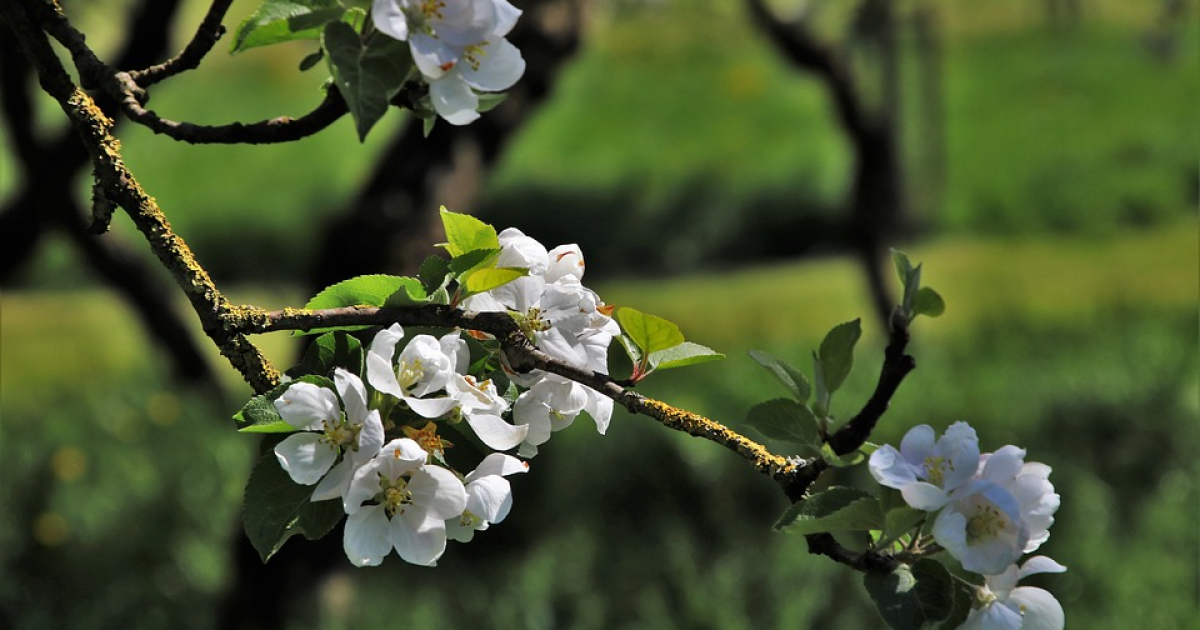The best time to plant fruit trees is autumn, but not all trees are planted at this time of year.
Trees sensitive to frost, such as apricots, peaches, plums, cherries, are best planted in the spring, precisely at the beginning of April.
Basic rules for planting fruit trees
Choose the right
place and soil
.
This is a place that is well lit during the day.
Sandy or loamy soils are most suitable for fruit trees.
To reduce the risk of pests or diseases, when planting, it is advisable to avoid places where fruit trees previously grew.
If it is not possible to do this, then to plant.
for example, a cherry tree is preferably planted in the same place where the cherry tree used to grow.
You cannot plant a tree
in places that are flooded
or where moisture stagnates.
If there is groundwater lying close to the surface, choose a place for planting on an elevation.
It is possible to understand that groundwater lies close to the surface by excessive soil moisture even in dry weather.
It is advisable to plant the seedlings
as soon as possible, as soon as you bought them
.
If it was not possible to do this, at least put it in a cool and dark place before planting.
Before planting, the seedlings should be removed from the outer packaging and carefully unrolled the black stretch film.
Soak the roots of seedlings in water for 3-8 hours before planting.
If there is such an opportunity, add a stimulator of root formation to this water.
Even before planting a tree, drive a stake into the hole, because if you drive it close to the tree, you can damage the seedling.
The pit
should be dug with a size of at least 50*50*50 cm. At the bottom of the pit, put mixed non-acidic peat and rotted organic matter.
The roots should not come into direct contact with the fertilizers.
Place the tree in the hole of the pit and gradually cover it with earth, compacting each layer.
This is necessary in order to expel excess air.
Choose the planting depth so that after the soil settles, the root neck is on the soil surface and the grafting point is about 5 cm above the soil level, and the roots are completely underground.
The roots should be protected from drying out, and too deep planting should not harm the growth of the seedling.
Pay attention to the fact that the roots of the tree were spread out, there was soil between it and the solid layer and there were no cavities around the roots, and the seedling was always in a vertical position.
The roots should be sprinkled directly with a nutritious top layer of soil, which can be added from between the rows and should be enriched with fertilizers.
In order to
avoid damage or tilting of the seedling
under the influence of the wind, it is necessary to fix it to the support.
For this purpose, a stake is driven to which the tree is tied.
Pay attention to the fact that the stake is covered by the sapling on the south side of the tree.
After planting, cut the stake so that it does not reach the lowest branch and young branches do not beat against it during gusts of wind.
Also, make sure that the garter does not dig into the bark of the tree - in this case it will be weakened.
Immediately after planting, we recommend that you
cut the seedlings
.
One-year varieties grafted on vigorous and medium-growing rootstocks should be cut at a height of 70-80 cm, dwarf ones at 65-70 cm. As weeds grow in the near-stem zone, they should be removed.
After planting, the tree must be
well watered
(you can also water the sapling during planting, between filling with layers of earth).
It is important to provide a fruit tree seedling with a sufficient amount of moisture in the first weeks after planting.
Therefore, regularly check the moisture of the soil where the young tree is planted, and water it if necessary (but do not allow excessive waterlogging).
Read also
:
Pruning fruit trees in the spring: the best tips
What and how to spray trees in the spring: basic tips
We get rid of wheatgrass in the garden without chemicals: six effective ways
